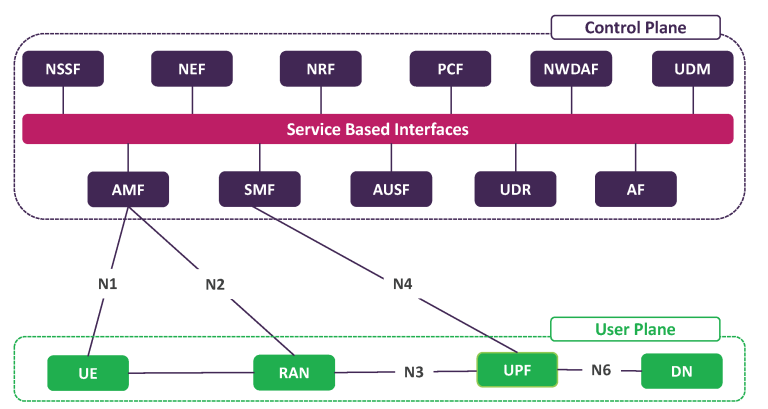What Is CV2X? Exploring Cellular Vehicle-to-Everything in 5G
telcomatraining.com – As the world shifts toward smart transportation systems and autonomous driving, Cellular Vehicle-to-Everything (C-V2X) emerges as a key enabler in revolutionizing how vehicles communicate. Built on advanced 4G LTE and enhanced by 5G networks, C-V2X provides a robust communication framework designed to enhance road safety, reduce traffic congestion, and support next-generation mobility.
Understanding C-V2X Technology
C-V2X, or Cellular Vehicle-to-Everything, is a communication technology that allows vehicles to interact with each other and with surrounding infrastructure. Unlike traditional vehicular communication systems, C-V2X utilizes cellular networks to provide direct and network-based communication channels. The “everything” in V2X includes other vehicles (V2V), infrastructure (V2I), pedestrians (V2P), and the network (V2N).
Introduced by the 3rd Generation Partnership Project (3GPP), C-V2X was standardized in Release 14 and has since evolved with the development of 5G in Release 16 and beyond. C-V2X supports two operational modes: direct communication (for short-range interaction) and cellular network communication (for broader coverage and cloud-based services).
Key Components of C-V2X
- Vehicle-to-Vehicle (V2V): Allows vehicles to share data like speed, direction, and location with each other to avoid collisions and coordinate movement.
- Vehicle-to-Infrastructure (V2I): Enables communication with traffic lights, road signs, and other smart infrastructure to optimize traffic flow.
- Vehicle-to-Pedestrian (V2P): Enhances pedestrian safety by detecting and communicating with mobile devices carried by people near roadways.
- Vehicle-to-Network (V2N): Connects vehicles to cellular networks for real-time cloud services such as traffic updates, weather alerts, and infotainment.
The Role of 5G in Advancing C-V2X
The integration of 5G into C-V2X drastically improves communication performance through ultra-low latency, high reliability, and massive bandwidth. These enhancements are crucial for enabling time-critical applications such as autonomous driving, remote vehicle control, and cooperative maneuvering.
5G’s low-latency capabilities allow vehicles to react almost instantly to their surroundings, which is essential for preventing accidents and ensuring smooth navigation. In addition, the ability to handle a large number of simultaneous connections makes 5G ideal for densely populated urban environments with many vehicles and smart infrastructure nodes.
Benefits of C-V2X in 5G Environments
- Enhanced Road Safety: Real-time communication allows for better situational awareness and proactive accident avoidance.
- Traffic Efficiency: Intelligent routing and signal control reduce congestion and travel time.
- Energy Efficiency: Optimized traffic flow contributes to lower fuel consumption and reduced emissions.
- Scalability: 5G enables C-V2X systems to scale seamlessly with increasing numbers of connected vehicles.
- Support for Autonomous Driving: Provides a foundational communication layer for Level 4 and Level 5 autonomous vehicles.
Challenges and Considerations
Despite its promise, C-V2X faces challenges related to infrastructure deployment, spectrum allocation, cybersecurity, and interoperability. Governments and industry stakeholders must collaborate to create a standardized, secure, and scalable environment for C-V2X adoption. Additionally, widespread adoption requires investment in roadside units (RSUs), network upgrades, and public awareness.
C-V2X vs. DSRC
C-V2X is often compared to Dedicated Short-Range Communications (DSRC), an older V2X communication standard. While DSRC has been tested for years, C-V2X offers superior range, reliability, and compatibility with cellular infrastructure. With the backing of major telecom and automotive players, C-V2X is rapidly becoming the preferred technology for future smart transportation systems.
Conclusion
C-V2X, especially when powered by 5G, stands at the forefront of connected mobility. It bridges the gap between vehicles, infrastructure, and pedestrians, paving the way for safer and smarter transportation. As 5G networks expand globally, the full potential of C-V2X will be realized, transforming the way we travel and interact with our environment.







